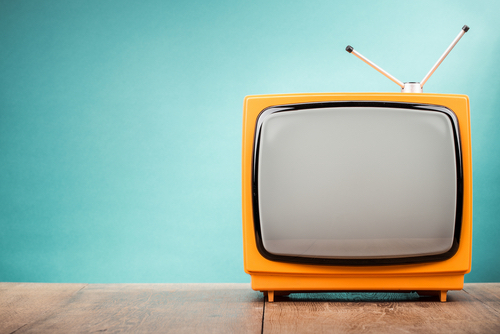Queerbaiting and Its Potential for Harm to LGBTQ+ Persons

When it comes to LGBTQ+ acceptance, representation in film, literature and other media is important. How LGBTQ+ people are depicted in arts and entertainment can impact the mental health of queer and trans youth. This is especially true for those who are in unsupportive, non-affirming environments. With the increase in visibility and acceptance of queer people in society comes scrutiny of queerbaiting in movies and television and the potential harm it causes.
What Is Queerbaiting?
In the most typical sense, queerbaiting can be considered a type of marketing technique used in entertainment. This occurs when creators suggest but don’t actually depict same-sex or queer characters and relationships in their works. The goal is usually to appeal to LGBTQ+ consumers without alienating other audiences. The term may also refer to public figures and artists who convey an ambiguity in sexuality or gender identity either in their statements, actions or art. The term was coined in the early 2010s with the growth and spread of internet communities based on fandom of celebrities, movies and TV shows.
What’s the Trouble With Queerbaiting?
Queerbaiting can be considered as dehumanizing to LGBTQ+ audiences. At best, it’s a way to take the money of these consumers with little to no regard about how they’re represented in media. It’s viewed as a cynical way of acknowledging the spending power within queer communities but not providing meaningful representation. At worst, same-sex characters and relationships are reduced to plot devices or mere commodities within the story. Such disregard for the depiction of LGBTQ+ people can lead to reinforcing harmful stereotypes based on fear, prejudice and bigotry. While some content creators don’t intend to cause harm, impact usually outweighs intent.
What Are Some Examples of Queerbaiting?
The impact and perception of queerbaiting are in the eye of the beholder. Whether it was the intent of the creator or not, the following works have been interpreted as examples of queerbaiting:
- “Xena: Warrior Princess”: This 90s TV drama featured two lead female warriors, Xena and Gabrielle, who not only battled alongside each other but shared an intimate friendship. Although lead actress Lucy Lawless affirmed that the titular character and her friend were in love, an actual romance between the two characters was never addressed during the show’s entire run.
- “Rizzoli & Isles”: This TV police-based procedural drama features two female lead characters, Jane Rizzoli and Maura Isles, who aren’t lesbian; however, the show’s writers have admitted to playing up a lesbian subtext to attract a larger viewing audience.
- “Sherlock”: Although the cast and crew of this British series have denied a romantic connection between the titular character and Dr. Watson, some fans and critics have described the portrayals of Sir Arthur Conan Doyle’s iconic characters as queerbaiting.
It’s important to remember that impact outweighs intent. Showrunners, directors, writers and actors should be mindful of how their content may be perceived as queerbaiting. This is especially pertinent for media appealing to LGBTQ+ youth searching for meaningful representation.
What Is Queer Coding?
“Queer coding” is when a character in a work is coded as queer through subtext. Such a figure’s sexuality may not be explicitly referred to, but traits and stereotypes may be used to convey this to audiences. Queer coding is similar to queerbaiting, but the characterization is considered critical or intrinsic to the movie or TV show, as opposed to a marketing technique. This characterization can have negative impacts, especially when associated with negative qualities or stereotypes. The “queer villain” is a popular trope based on queer coding. Some examples include HIM from “The Powerpuff Girls,” Frank-N-Furter from “The Rocky Horror Picture Show” and several of the villains from Disney movies.
When it comes to creating shows and films, it’s not enough to “sprinkle LGBTQness” to attract those audiences. Meaningful representation matters, especially to children, and children-at-heart. Queerbaiting and queer coding have a potential for harm to members of these communities, despite best intentions.














